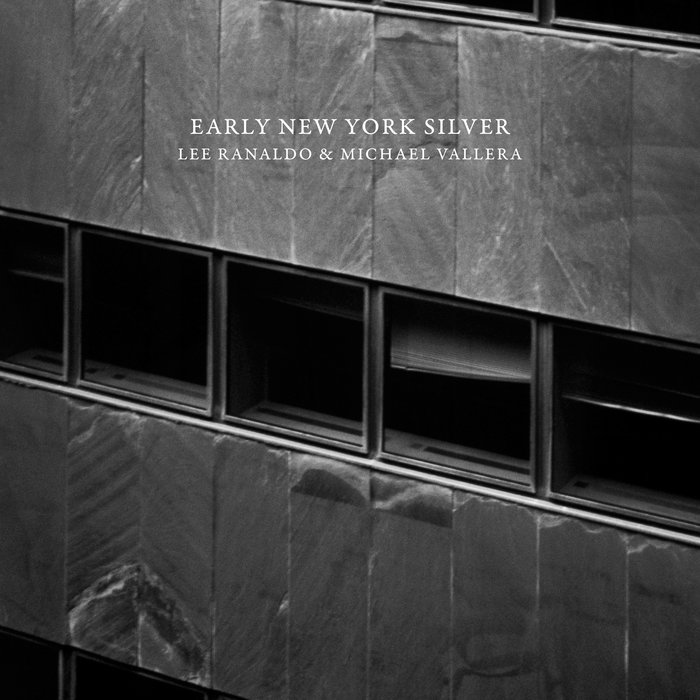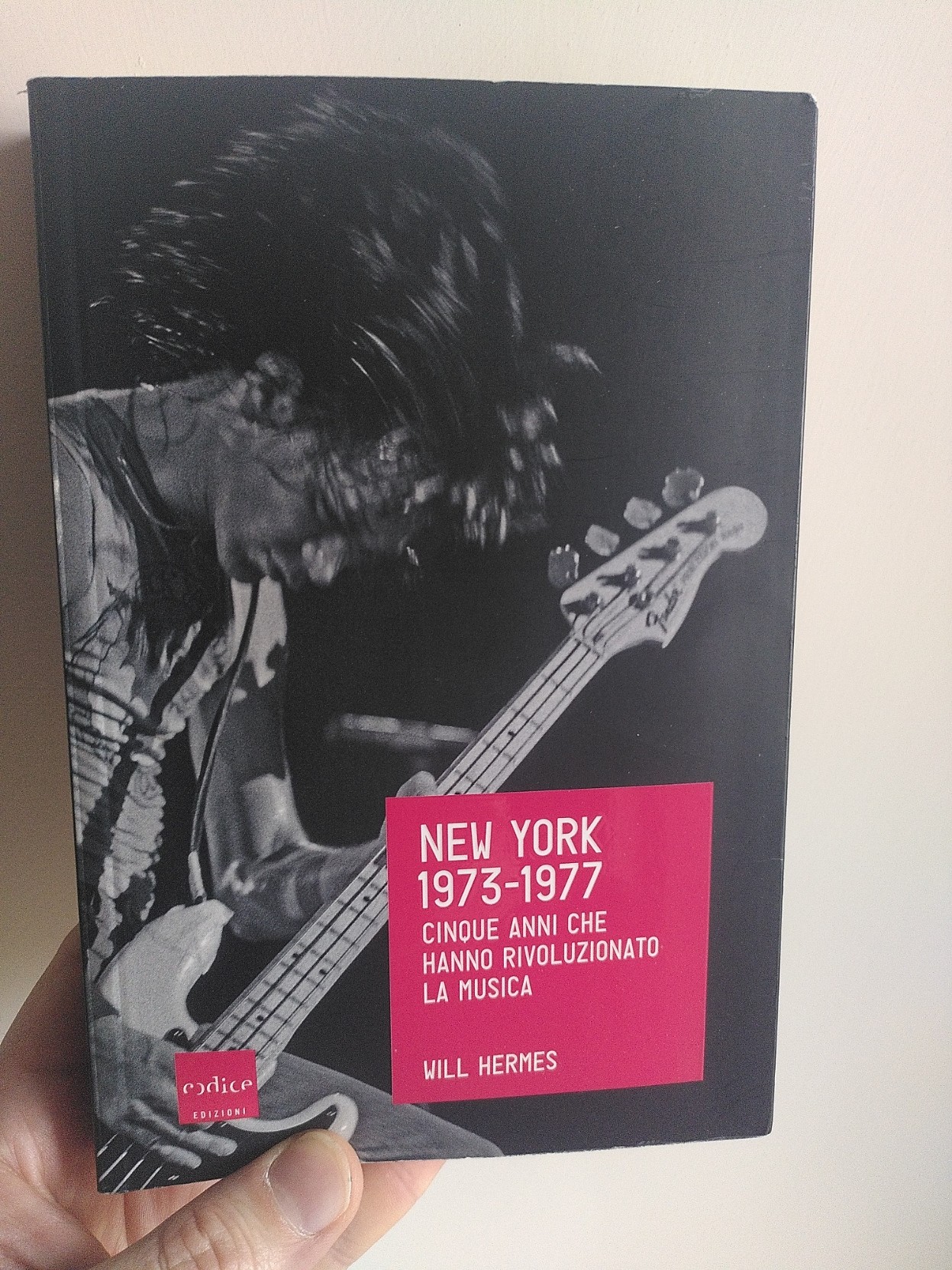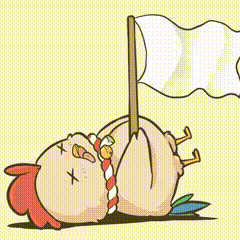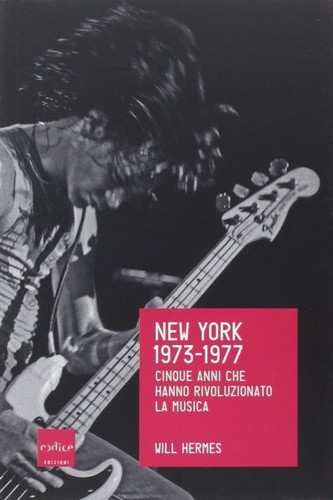Lee Ranaldo & Michael Vallera – Early New York Silver [full album]
-
Lee Ranaldo & Michael Vallera – Early New York Silver [full album]

Early New York Silver, by Lee Ranaldo & Michael Vallera
Early New York Silver by Lee Ranaldo & Michael Vallera , released 21 March 2025 1. Early New York Silver I 2. Early New York Silver II Amish Records is excited to announce a new recording from guitarists Lee Ranaldo and Michael Vallera, 'Early New York Silver', coming out on March 21, 2025. Ranaldo has long been a celebrated member of the New York music scene, known for co-founding Sonic Youth and his numerous collaborative and solo works. Based in Chicago, Vallera is a guitarist, composer, and visual artist whose music explores new territories for electric guitar. 'Early New York Silver' marks the duo’s debut album. Over two days in July 2022, Michael Vallera and Lee Ranaldo improvised at 411 Kent in Williamsburg, Brooklyn, a cozy place that felt more like a living room than a concert hall or recording studio. The sweltering July heat cloaked the place in a layer of sweat and humidity. Nevertheless, they took it over to record material and to perform one evening, their fuzzy guitars slicing through the thick air with both the precision of a razor blade and the gentleness of a cloud. Early New York Silver recaptures the renegade spirit and excitement of those days. The album presents material culled from those improvisation sessions, which were made possible by New York-based musician David Watson, who at the time was curating the Shift series at 411 Kent. “Shift was dedicated to pushing boundaries and blessed with a miraculous empty space. A large open space, not made for music but with one of those great serendipitous room sounds,” Watson said over email. To record the music, Ranaldo and Vallera spread out throughout the area, taking over its every crevice. “I was able to give Lee and Michael day and night access, and they hunkered down using different rooms as chambers, cords and mics running to the far end of the building, taking advantage of the relaxed vibe Their contrasting, yet similar, approaches to music offered ample space for exploration. “I really appreciate the way Lee approaches improvising because he really dives in immediately,” Vallera said. “I tend to be very measured when composing solo or in collaborations, so I enjoy following and reacting to the vocabulary Lee is exploring in real time.” Early New York Silver highlights that effortless flow. At 411 Kent, the two guitarists were in sync, lost in the world they had created together out of shared curiosity on their instruments. Their melodies tumbled and intertwined into masses that seemed to shapeshift and morph with every strum. There was no inertia — only motion, forward. That was the beauty of the Shift series, and that is ultimately the beauty of Ranaldo and Vallera’s practice: It is always traveling, always open, always changing. - Vanessa Ague, 2025

Lee Ranaldo & Michael Vallera (leeranaldomichaelvallera.bandcamp.com)
#FediRadio #NewMusic #drone #ambient #noise #LeeRanaldo #MichaelVallera
-
 'sti bordoni* di chitarra sono perfetti per iniziare la giornata.
'sti bordoni* di chitarra sono perfetti per iniziare la giornata.* sì, cari scrittori di cose musicali: esiste, ed è appunto «bordone», una parola italiana che traduce l'inglese «drone», che invece in italiano è solo il coso che vola in autonomia.
(io che faccio lo splendido l'ho scoperto da qualche settimana)
-
-
belli i fuchi, belli i suoni fatti con la quinta e la sesta corda della chitarra, ma da aspirante pastore musico mi sento di dire che i bordoni sono anche le canne della zampogna che fanno una nota fissa (quelle senza i buchetti per le dita)
-
@barfly @GustavinoBevilacqua sì, credo che l'uso della parola per indicare il suono continuo di una nota o di un accordo derivi proprio per estensione dal nome delle canne della zampogna o della cornamusa che fanno la nota fissa
-
@leodurruti ovviamente anche io l'ho scoperto da qualche settimana, da quando appunto ho deciso di intraprendere lo studio della zampogna punk
-
 G gustavinobevilacqua@mastodon.cisti.org shared this topic on
G gustavinobevilacqua@mastodon.cisti.org shared this topic on
-
E anche nel caso della cornamusa la canna del basso continuo si chiama "drone".
-
Io l'ho scoperto leggendo questo libro, che consiglio molto

-
il bordone è un sacco di cose reali o figurate
https://accademiadellacrusca.it/Media?c=88692378-8b14-4555-a86a-859f91d281c0
-
@leodurruti @barfly @GustavinoBevilacqua and don't forget la ghironda

-
@leodurruti
Fare bordone si usa in musica medievale fino al Trecento, per supportare melodie che normalmente sono impostate su modi che hanno una nota di riferimento, che appunto si intona (vocalmente, una vocale, o anche sillabando il testo come fa la voce principale) come bordone. Poi si possono aggiunger quinte e ottave. Nulla è segnato in notazione.
Poi abbiamo i falsi bordoni, ma è altra cosa :-)
@barfly @GustavinoBevilacqua -
@matz @GustavinoBevilacqua @barfly
Ti aspettavo :-)
Quindi mi dici che il nome è nato così, e che per estensione è stato dato alle canne della zampogna?
E i falsi bordoni sono quelli che piacciono a me?
-
@leodurruti
Le zampogne/gaite/cornamuse sono antiche, hanno sempre avuto canne di bordone, chissà chi è arrivato prima :-)
Mah, i falsi bordoni sono più tardi, dei modi di cantare in polifonia (faux bordon, usati molto nel Quattrocento, come https://www.youtube.com/watch?v=D895HnM1ioA da 00:55), in cui le voci cantano la stessa melodia su altezze diverse, creando accordi con i bordoni degli altri (poi nel rinascimento si facilita, ogni voce canta sulla stessa nota di un accordo, e insieme si costruisce un falso bordone, un accordo su cui si cantano di solito i salmi, come https://www.youtube.com/watch?v=eeyjYA3FKeQ, già elaborato nelle cadenze)
@GustavinoBevilacqua @barfly -
Secondo me per prime sono arrivate le canne…
-
 Y yaku@puntarella.party shared this topic on
Y yaku@puntarella.party shared this topic on


